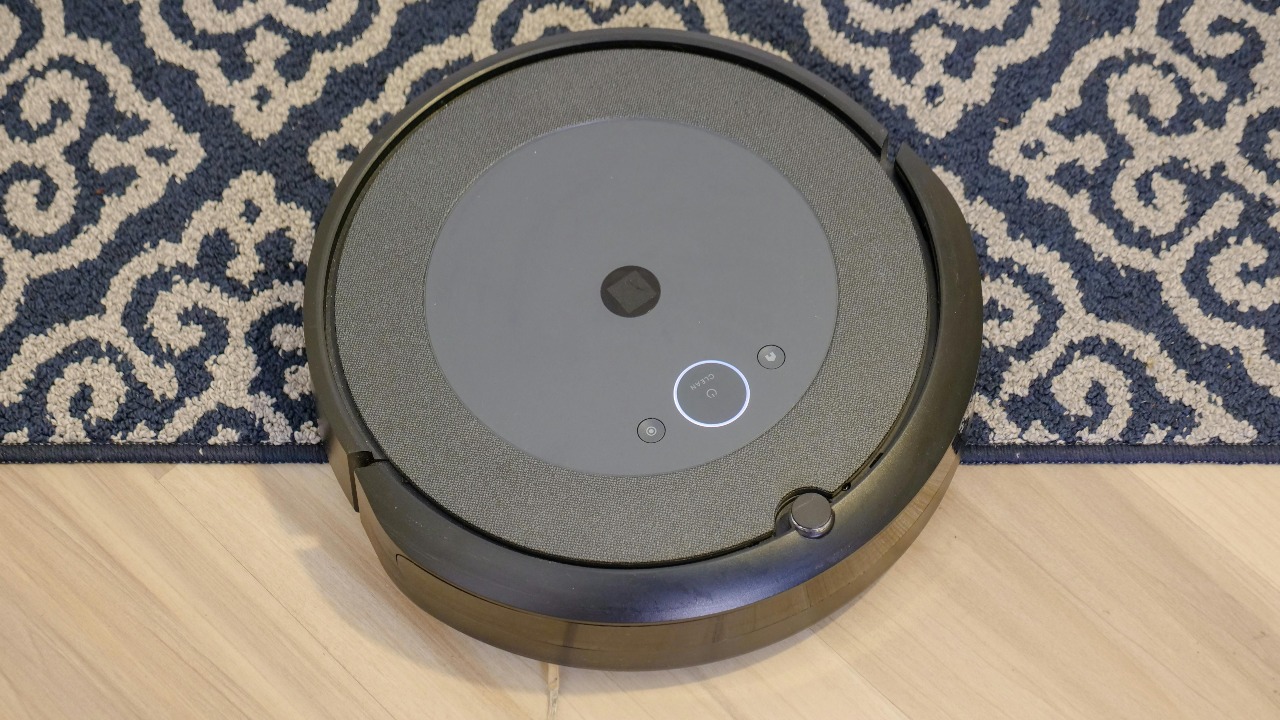
In a startling revelation, a man discovered that his smart vacuum was secretly broadcasting a detailed map of his house, exposing intimate details of his living space to unknown external parties. This incident, which came to light on October 26, 2025, raises serious questions about the covert data collection practices of smart home devices and the potential privacy risks they pose.
The Man’s Initial Discovery
The man first noticed unusual network activity originating from his smart vacuum. Upon investigating, he found that the device was broadcasting a detailed map of his house. The vacuum model in question, known for its advanced mapping capabilities, had inadvertently exposed the floor plan of his home. The device’s logs confirmed the unauthorized sharing of home layout data, leaving the man shocked and concerned about the implications of this discovery.
How Smart Vacuums Create Internal Maps
Smart vacuums use advanced technologies like LiDAR or camera-based navigation to create detailed maps of homes. These maps are initially stored locally on the device and are typically uploaded to cloud servers for optimization purposes. However, the incident on October 26, 2025, revealed that these maps were being transmitted in real-time without encryption, posing a significant privacy risk.
The Broadcasting Mechanism Exposed
The vacuum uses wireless protocols such as Wi-Fi or Bluetooth to send data to cloud servers. The broadcast data included not just the maps, but potentially timestamps and usage patterns from the man’s home. The incident highlighted a key flaw in the device’s design: the lack of user notifications about data sharing, leaving users unaware of the extent of information being transmitted.
Privacy Risks in Smart Home Devices
The incident underscores the broader implications of smart home devices broadcasting personal data. Map data can reveal personal details such as room arrangements and furniture placement, potentially exposing users’ lifestyle patterns. The possibility of third-party access or hacking of the broadcasted information adds to the privacy concerns. The man’s alarm serves as a case study in consent issues, highlighting the need for greater transparency in data collection and sharing practices of smart home devices.
Manufacturer’s Role and Response
The vacuum company’s standard data policy regarding mapping uploads and sharing came under scrutiny following the incident. The company has yet to issue a statement or updates following the exposure of the broadcasting feature. The incident also raised questions about firmware vulnerabilities that enabled the secret transmission of data, prompting calls for more robust security measures.
Steps for Users to Protect Their Data
Users can take several steps to protect their data. These include disabling mapping features or opting out of cloud syncing in smart vacuum apps. Network isolation techniques, such as using guest Wi-Fi for IoT devices, can also help secure data. Monitoring tools for device traffic can alert users to unusual activity, as was the case with the man’s discovery. The incident serves as a reminder of the importance of vigilance and proactive measures in protecting personal data in the era of smart home devices.
More from MorningOverview